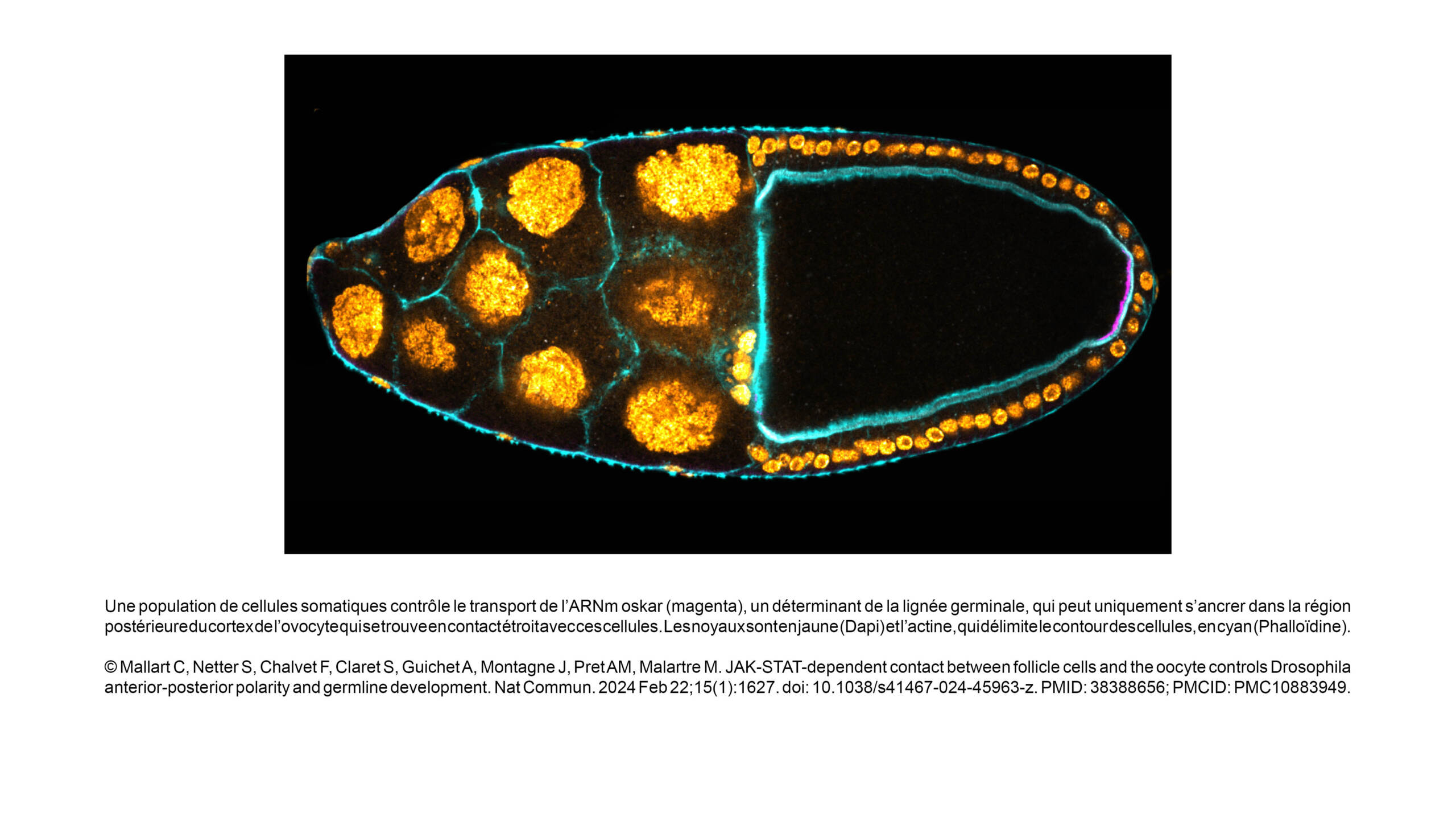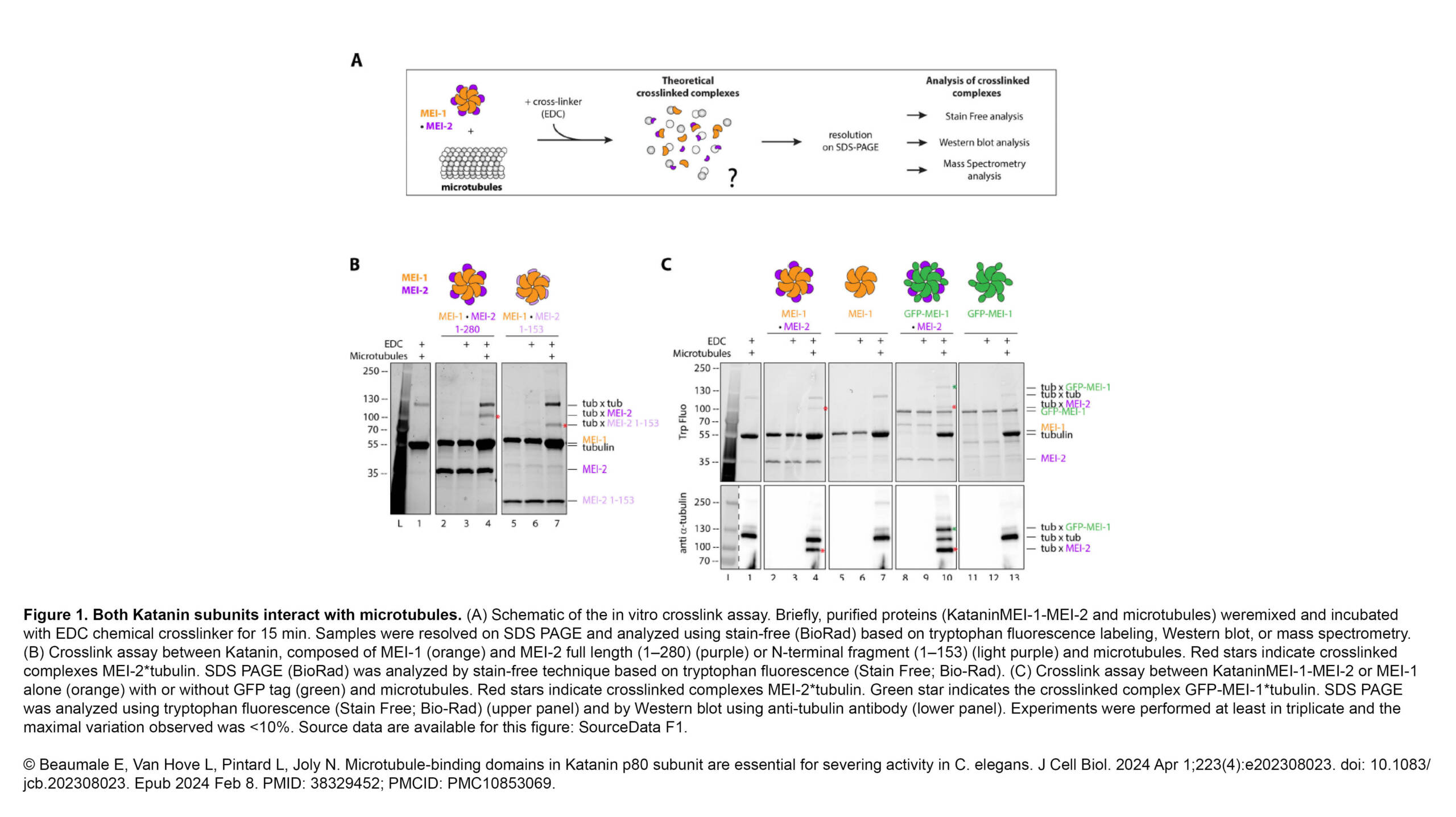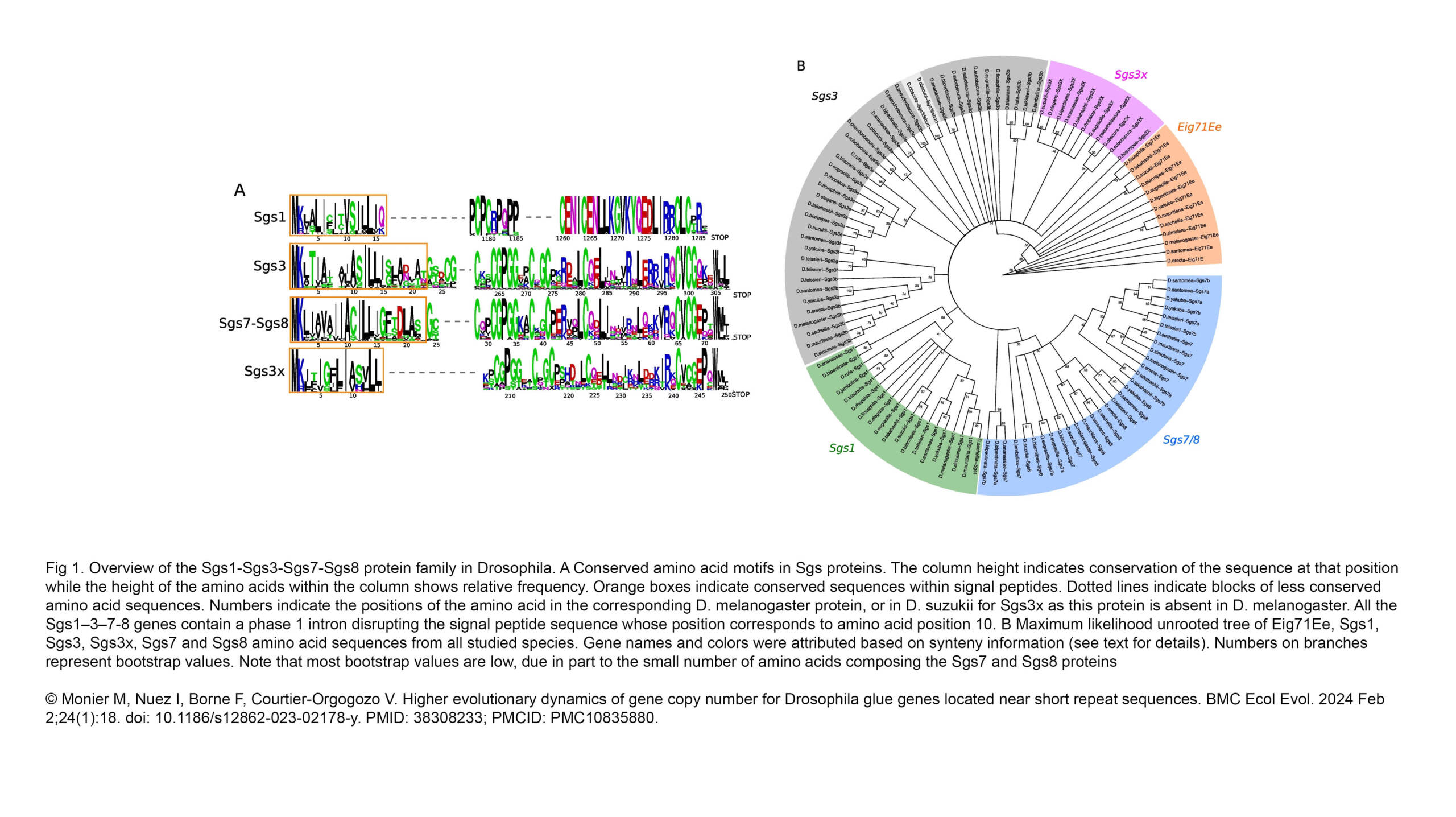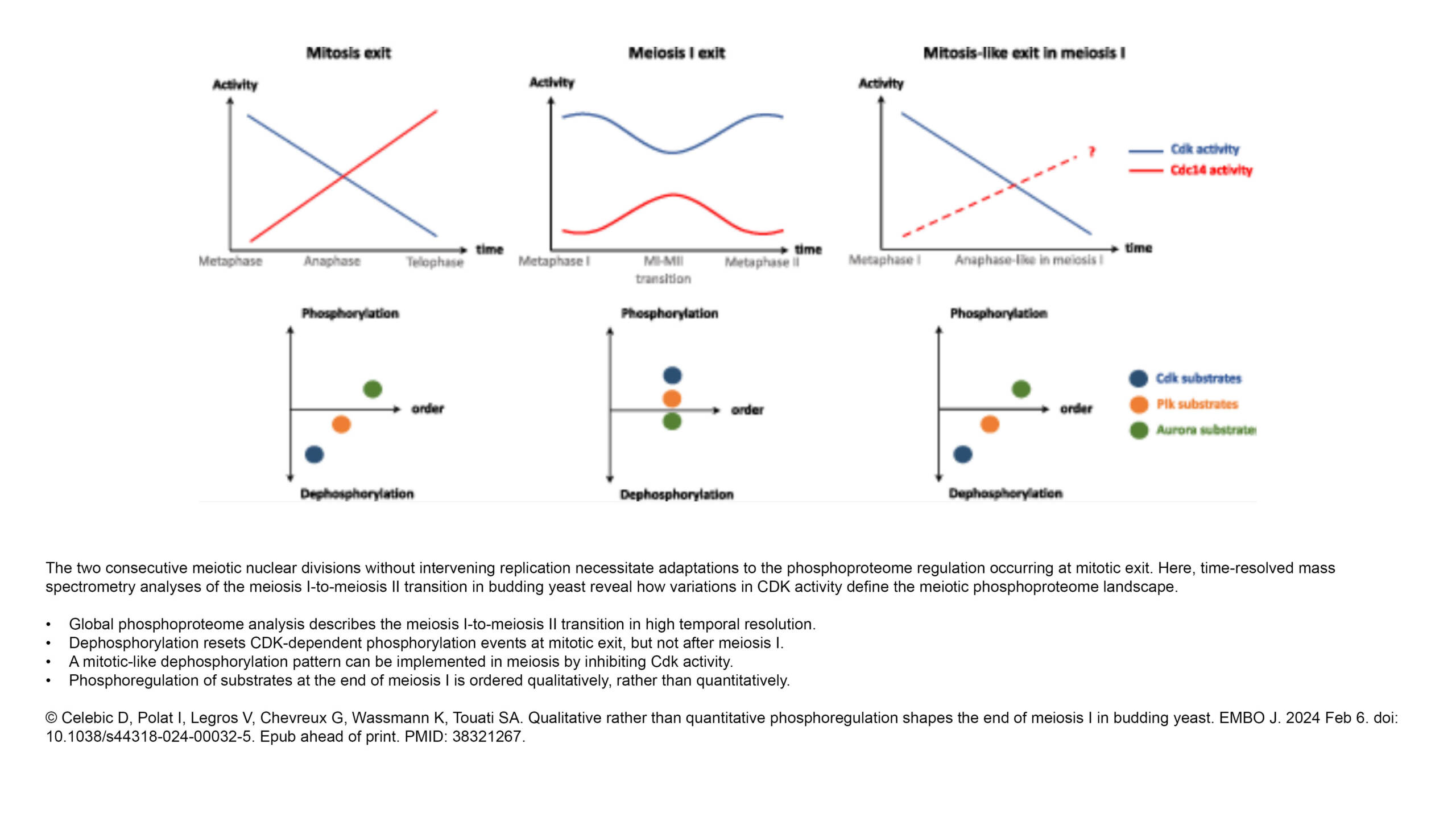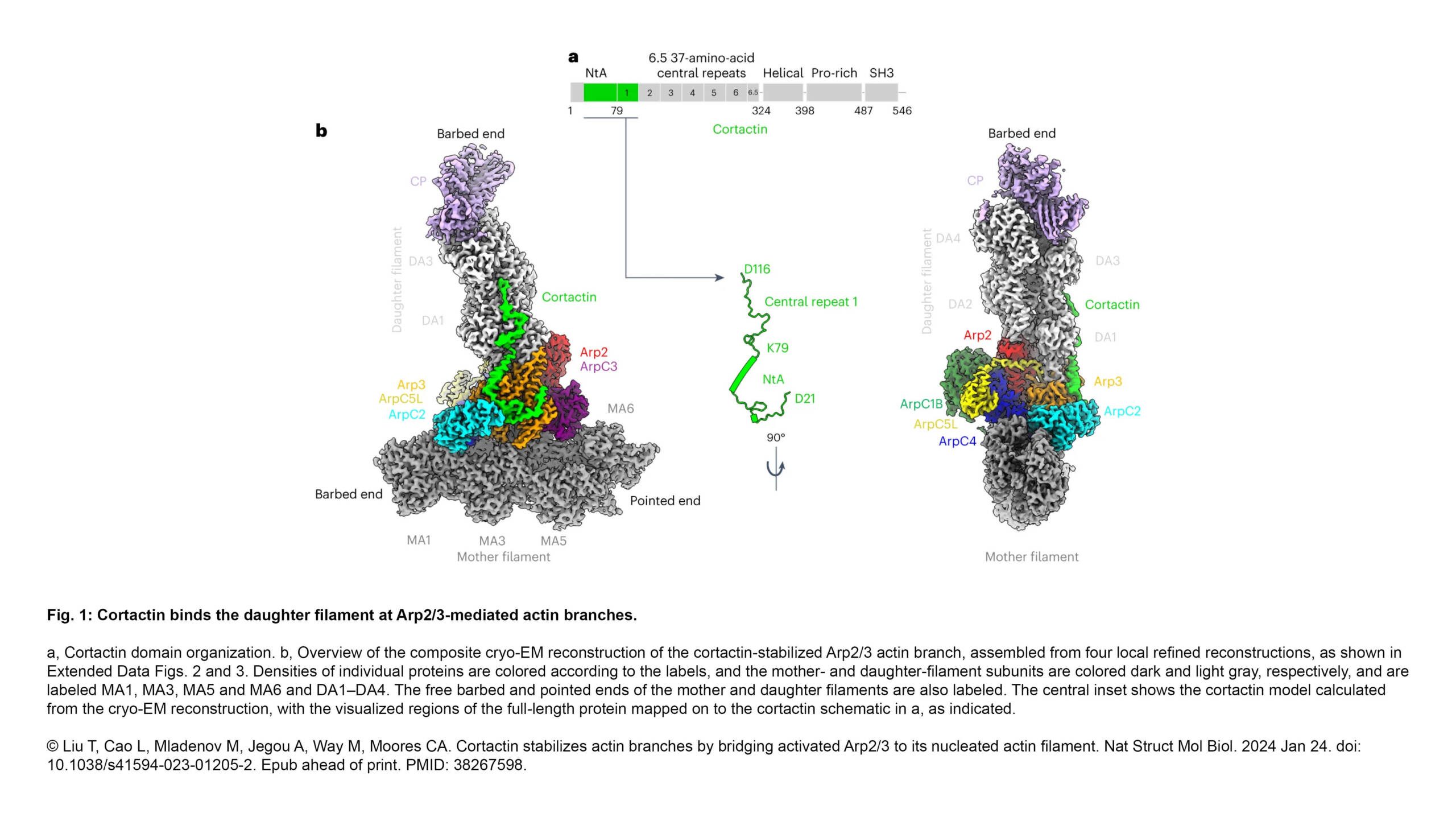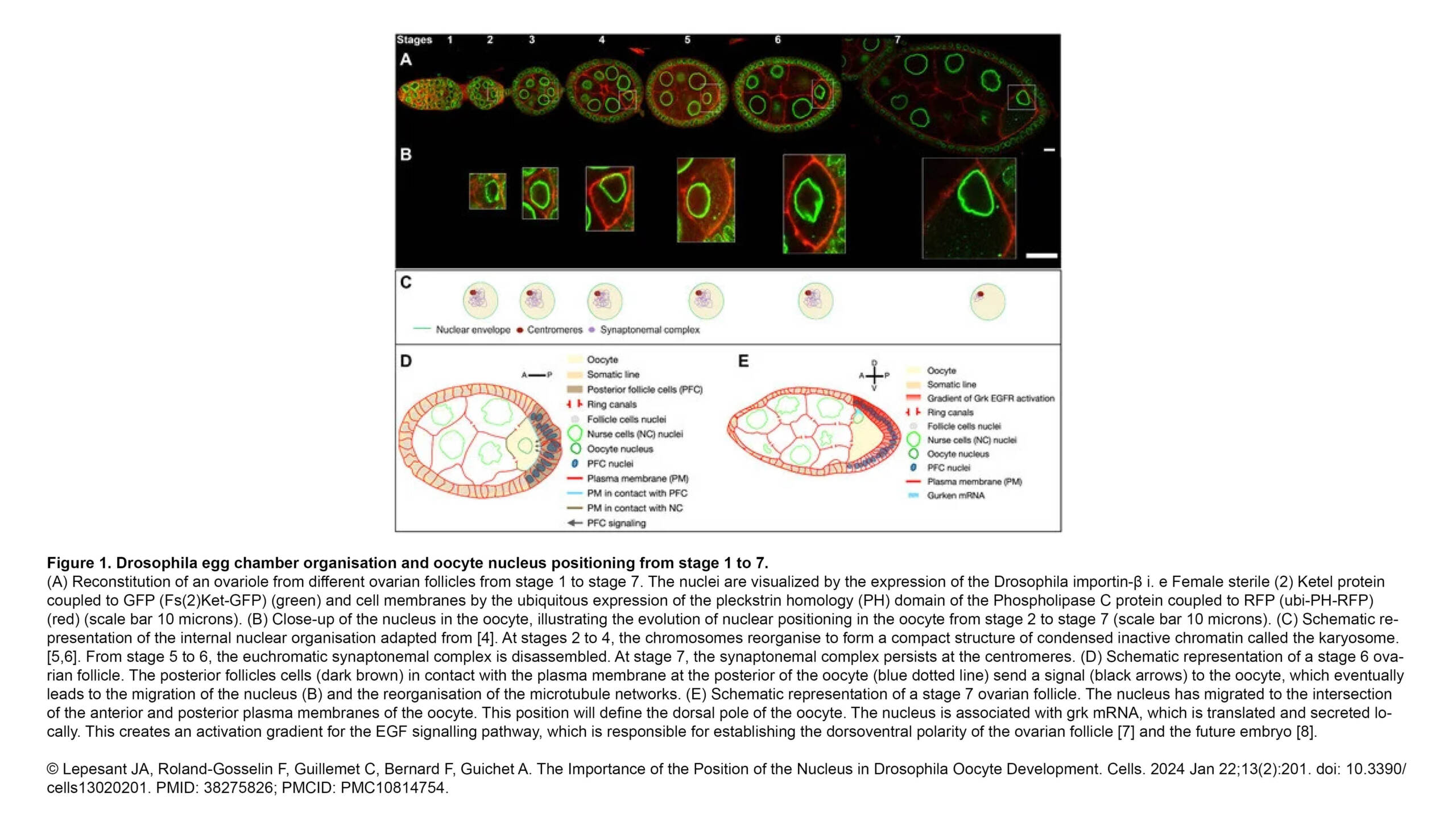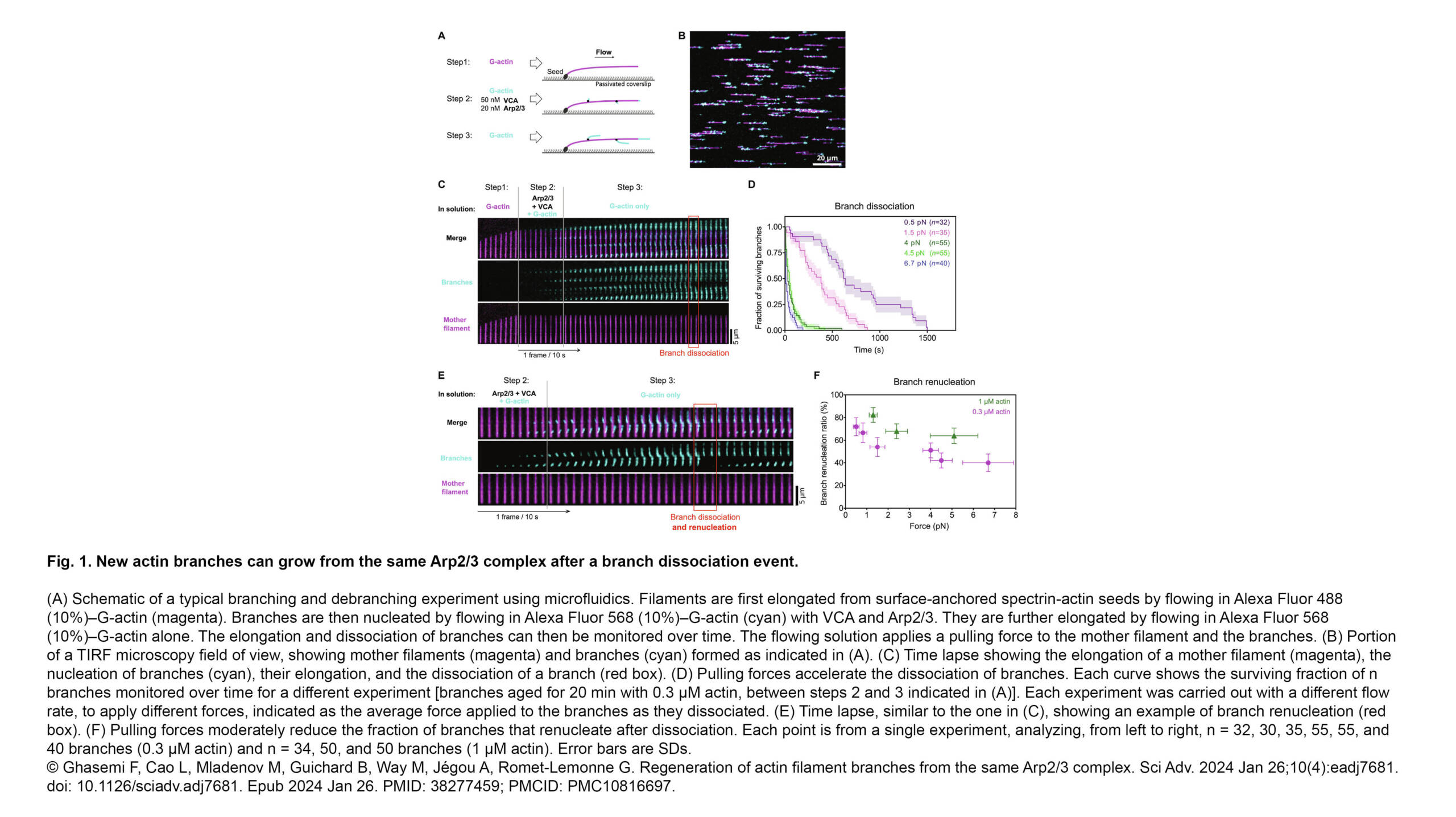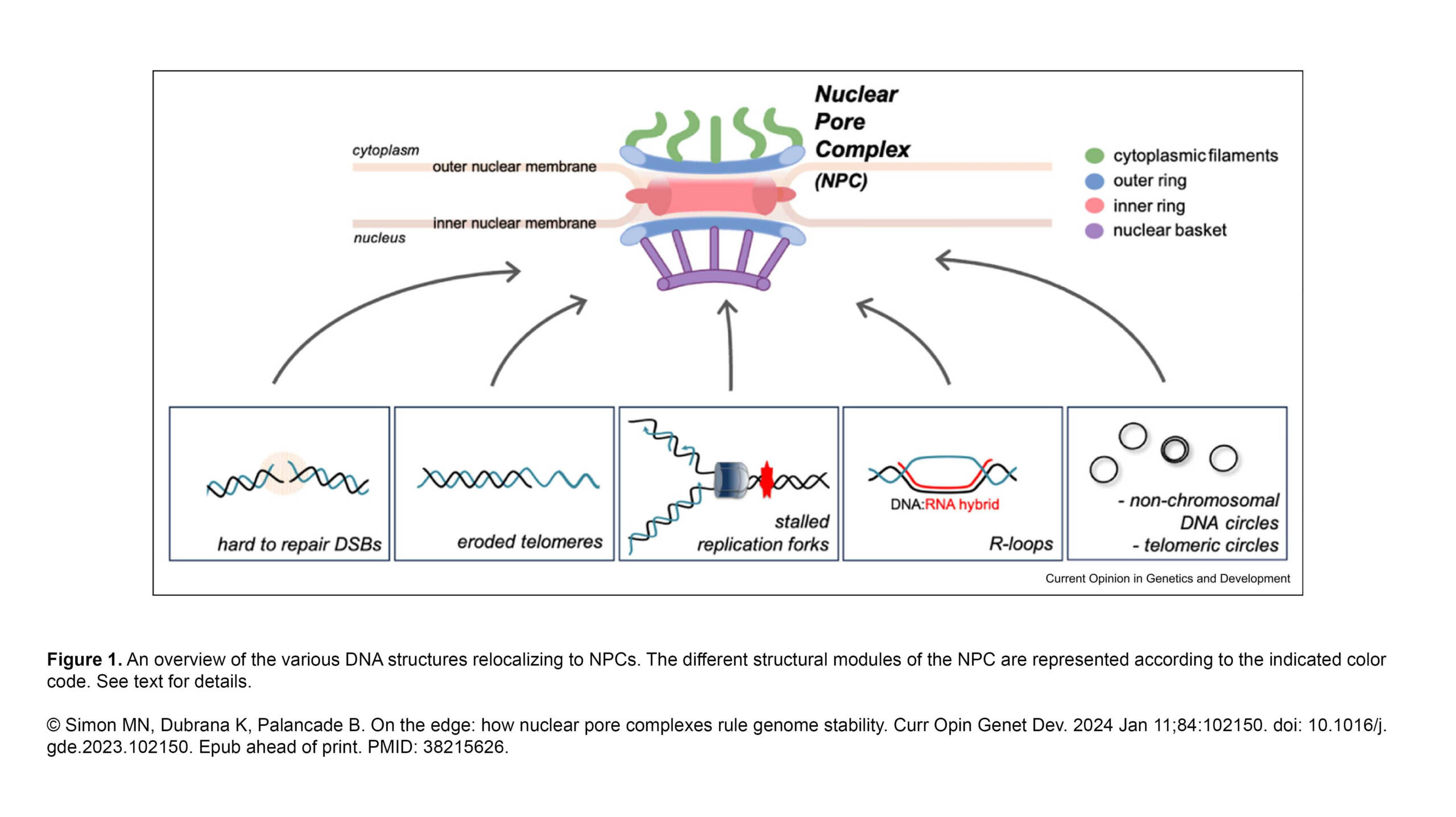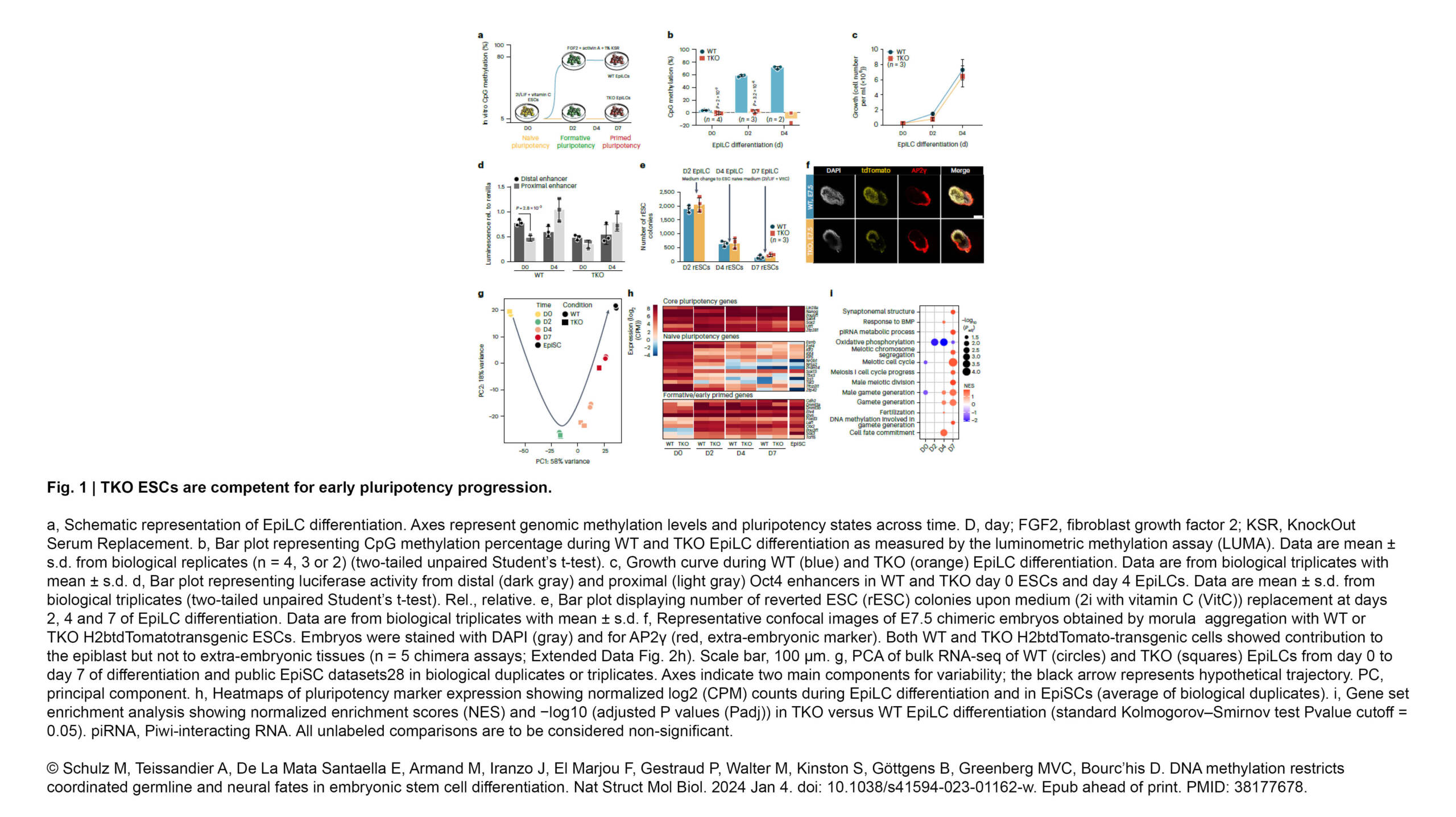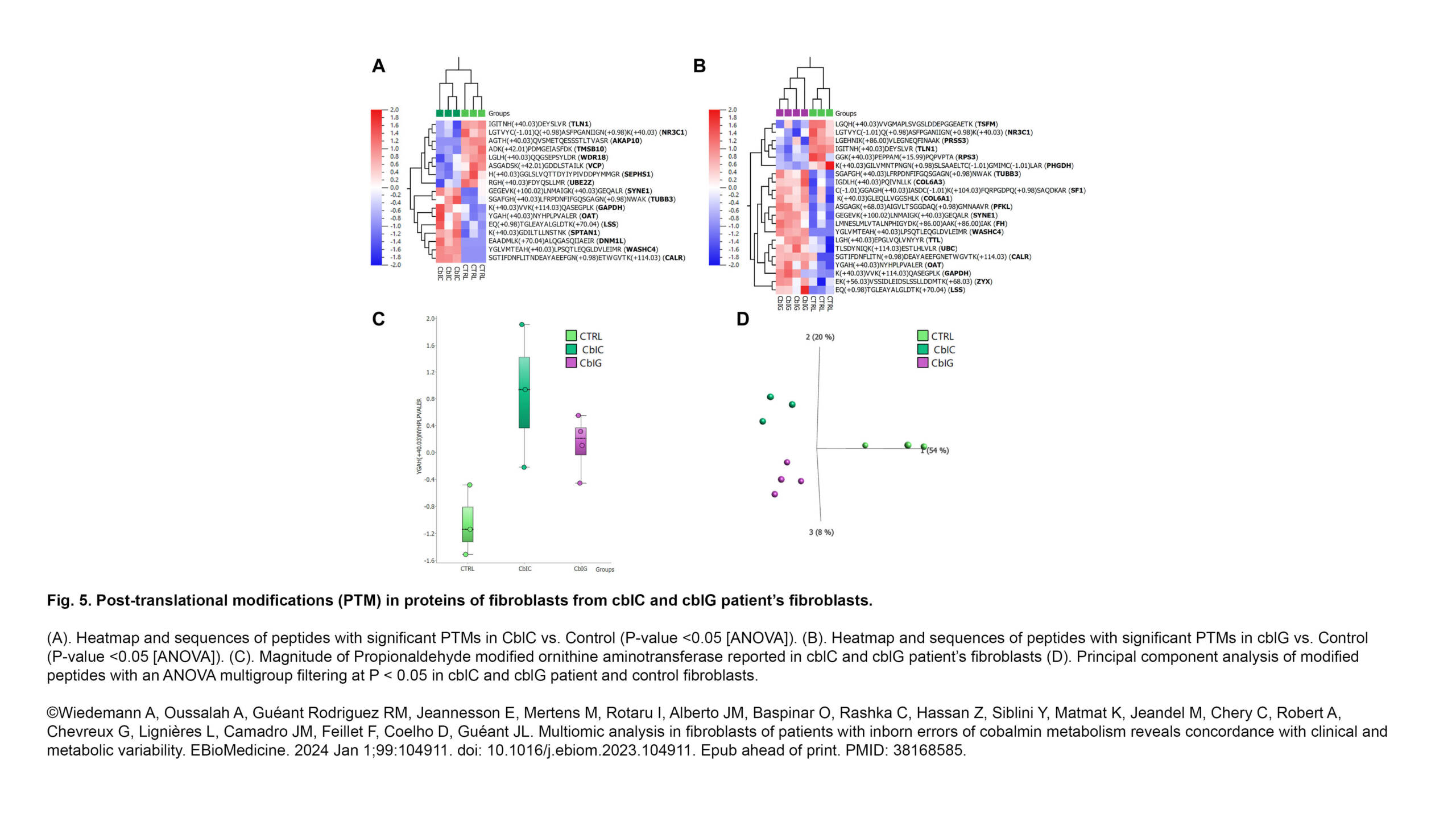A new article has been published in Nature Communications:
JAK-STAT-dependent contact between follicle cells and the oocyte controls Drosophila anterior-posterior polarity and germline development
This study is the result of a collaboration between scientists of the Institut de biologie intégrative de la cellule (université Paris-Saclay) and Institut Jacques Monod (Konstantinides Lab, Minc Lab, Guichet Lab).
Abstract:
The number of embryonic…
